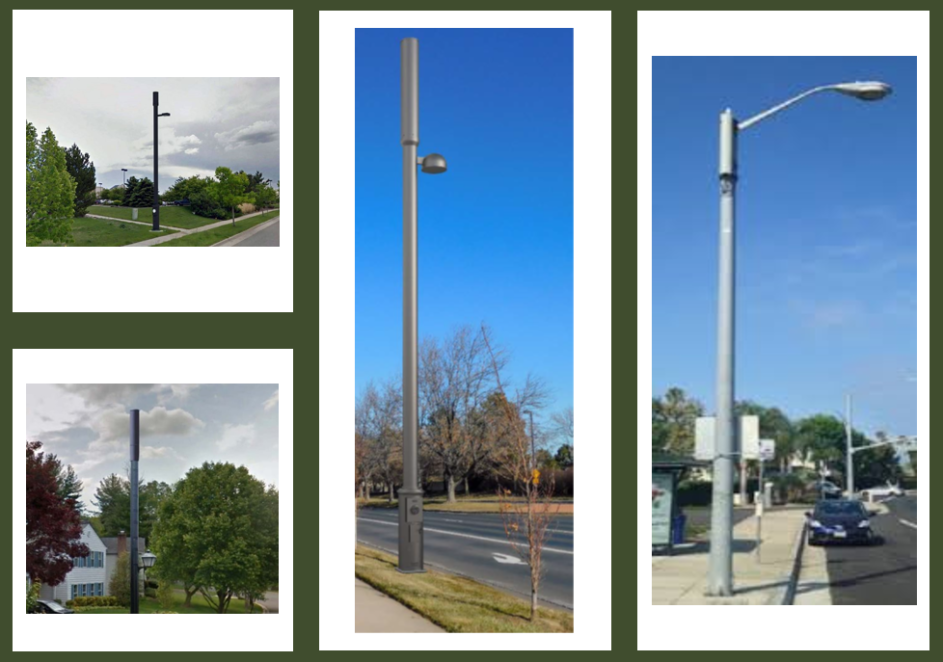One of the hallmarks of the town of Farragut is that we value aesthetics. New commercial development must meet architectural design standards, and sign height and size are governed by a conservative sign ordinance. The higher standards are obvious to those who drive along Kingston Pike toward Knoxville.
So, it should be no surprise that town staff have invested time in an aesthetic plan to govern vertical utilities now that it has become clear that a telecommunications race is impacting our area. The aesthetic plan development committee will meet for the first time this week to discuss a draft of the plan.
Community Development Director Mark Shipley says the plan will address new vertical utility structures like telecommunications and street lighting so there will be standards in place for their appearance and characteristics. Since they are highly visible, such structures make a big impression.
“Where TDOT is working along Concord Road, the new street lighting will have a big visual impact. It will include decorative streetlight fixtures that will help create a sense of arrival.”
Creating standards for new telecommunications technology has been a challenge. The first three small cell structures were installed on Parkside Drive and Campbell Lakes Drive in 2017 by Zayo Group. A licensing agreement allowed the town to charge a fee for placing equipment on existing light poles and have a say in the design of the third. Following this request, the town created a telecommunications ordinance to address the application process and how new small cell support structures would look.
Tennessee’s Competitive Wireless Broadband Investment, Deployment and Safety Act of 2018, created to speed up the deployment of small cells in communities across the state, rendered certain aspects of the town’s telecommunications ordinance unenforceable. The Federal Communications Commission adopted orders the same year that said local governments could not regulate placement and construction of wireless facilities.
After Verizon applied for 11 new small cell support structures in 2019, town staff learned that the design of future small cell structures could be governed by an adopted aesthetic plan. Shipley and his staff got to work on the creation of what is now an 18-page draft. He started by reviewing plans created by other municipalities – like the Denver suburb of Westminster and Brentwood, Tennessee – that aim to have aesthetic control over new telecommunications equipment. The plans are all similar, he says.
“They say exactly what they envision for the town, making equipment look as discreet as possible.”
Each community applies its own customization. Shipley intentionally drafted Farragut’s plan to be simple to leave options open to the committee. When possible, equipment should be located on existing poles. If new poles are required, they should be metal so wiring can be hidden inside. Bulky equipment should be minimized. Equipment on poles is consistent, with smooth transitions between components.
After the committee “polishes up” the draft, the public will have the opportunity to provide input. Once a formal draft is developed, it will go before the Municipal Planning Commission.
The new aesthetic plan will not apply to the 11 poles that are currently being installed because the town didn’t know the rules until the game had already started. Now that we know the rules, the town is tackling this new challenge head on. We can’t say no to new vertical utilities, but we can do our best to make them palatable.
Town of Farragut marketing and public relations coordinator Wendy Smith is your reliable Farragut insider.

